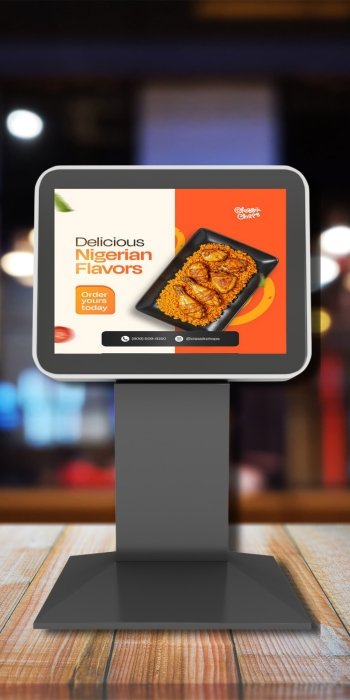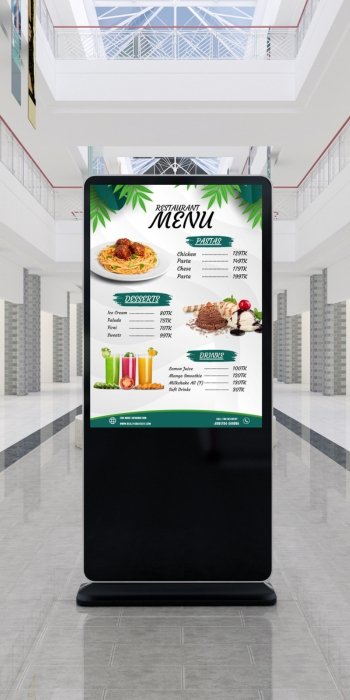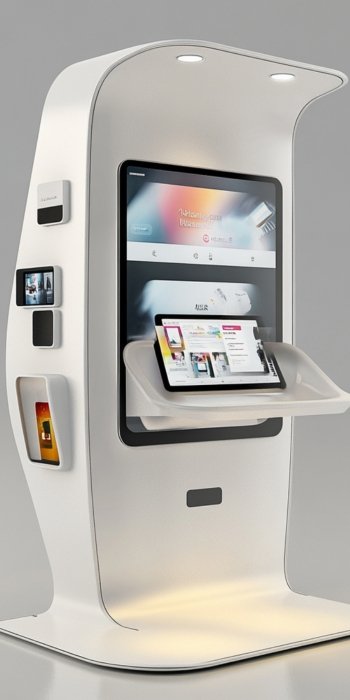 Loading Please Wait...
Loading Please Wait... Loading Please Wait...
Loading Please Wait...Providing fast, dependable access to key information through cutting-edge information terminals.
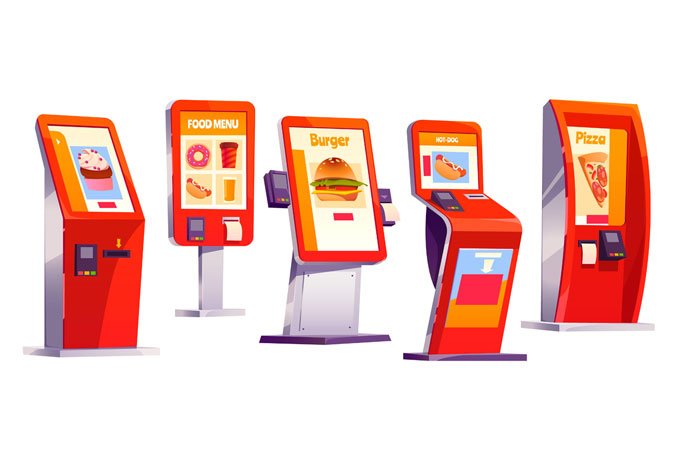
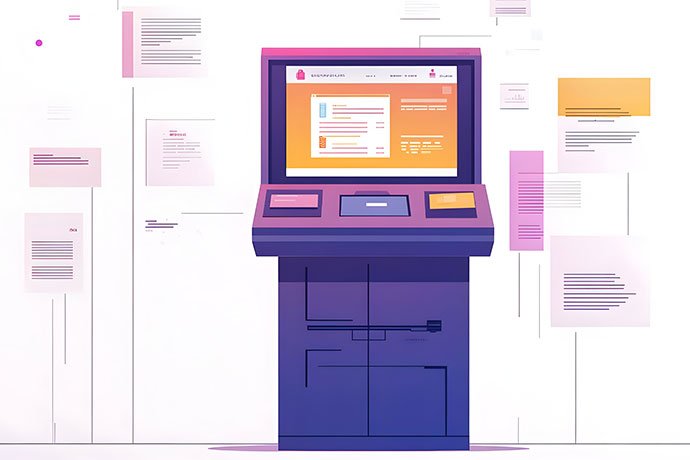
Information terminals are self-service devices designed to provide users with instant access to essential data and services. These terminals are commonly used in public spaces such as airports, shopping malls, hospitals, and museums, offering functions like wayfinding, product details, ticketing, and public announcements. With easy-to-use touchscreens, information terminals enable users to quickly find information, reducing the need for staff assistance and enhancing overall convenience.
They can be customized to display real-time updates, multimedia content, and interactive features, making them an efficient solution for improving customer experience, streamlining operations, and delivering valuable information in high-traffic areas.
Instant Access to Information in Public & Private Spaces
An information terminal is a self-service digital device that provides users with access to information such as directions, services, schedules, and more through a touch interface.
They’re commonly used in shopping malls, airports, museums, hospitals, universities, government buildings, and corporate offices.
Terminals can display wayfinding maps, directories, event listings, transport schedules, news, safety messages, and promotional content.
Yes, most terminals include touchscreens that allow users to search, zoom, scroll, and select the information they need.
Absolutely. They can support multiple languages to accommodate diverse user bases and improve accessibility.
Typically, yes. Internet connectivity allows real-time updates, remote content management, and integration with web-based systems.
Yes, both hardware and software can be customized to reflect your branding, color schemes, and user interface preferences.
Modern terminals often include ADA-compliant features such as screen readers, braille, voice instructions, and wheelchair-friendly design.
They reduce staff workload, enhance visitor experience, provide consistent information, and can operate 24/7 with minimal maintenance.
Content is typically managed via a central content management system (CMS), allowing remote updates and scheduling.
Yes. Usage analytics can be gathered to understand popular searches, peak usage times, and user interaction patterns.
Depending on scale and customization, deployment can range from a few days for standard units to several weeks for custom-built systems.
Transforming user experiences with responsive, customizable screens on interactive kiosks.



